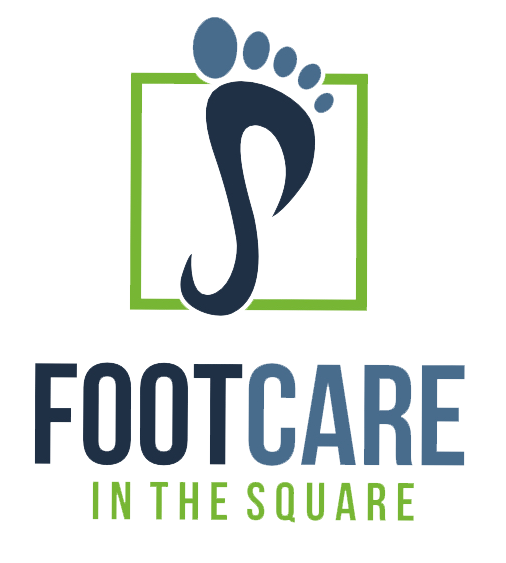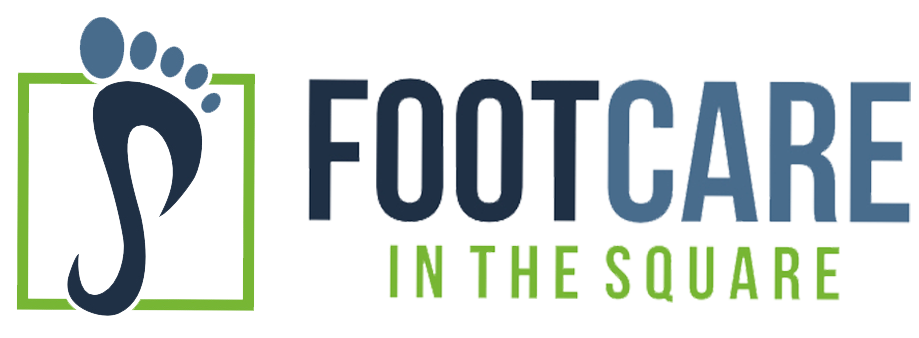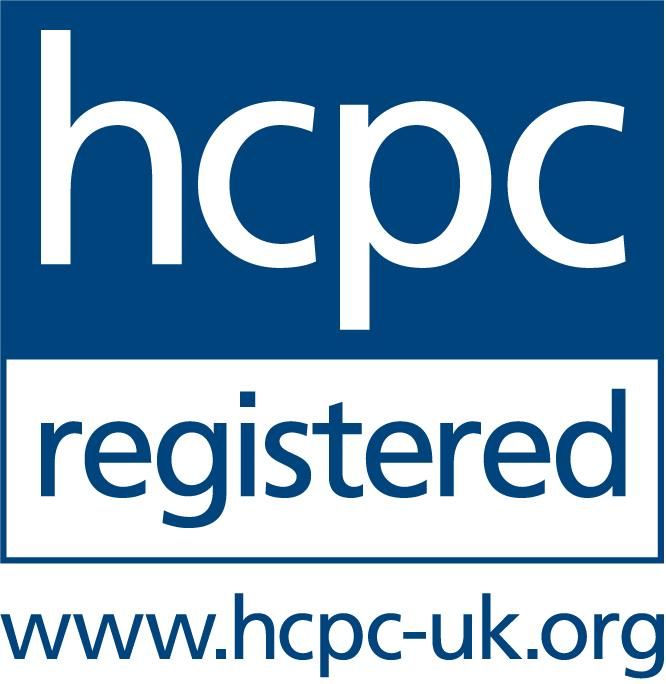Frequently Asked Questions

Everything you need to know about our practice, what to expect from your appointments and a few pointers to help you treat your feet at home.
The Practice
-
What does a podiatrist do?
Podiatrists specialise in the treatment of conditions that affect the feet and lower limbs. We treat pain, infections and mobility issues to keep you moving and actively enjoying life.
Traditionally podiatry has been seen as a service accessed by older people needing help with general foot care. But podiatrists are increasingly working with young people, athletes and recreational sports enthusiasts to treat musculoskeletal concerns (affecting joints, bones and muscles) and manage injuries rather than visiting a physiotherapist.
We offer a range of podiatry services. Some people have a specific problem to address; others are just after a foot MOT! If you’re not sure whether we’re the right service for you, give us a call. If we can’t help directly we’ll point you in the right direction.
-
What can I expect at my first appointment?
We're a friendly bunch and we want you to feel comfortable and looked after when you come to see us. Our primary aim is to get you back to making the most of life, so we'll take plenty of time to understand your concerns and how they're affecting your day-to-day activity.
We'll take a medical history including foot and general health, and any previous problems or treatments. If you have a referral or relevant information from a health practitioner, bring it along to your appointment, but we'll do a full assessment before starting or recommending any treatment.
Our physical examination includes everything from hips to toes. If you've come to see us about general foot care or common problems like ingrown toenails, infections or verrucae, we can often start treatment straight away.
If your needs are more complex, we'll talk through all your options and make sure you know exactly what happens next. And we're here if you have any questions after your appointment.
-
How to find us
Our practice is easy to access by public transport. Hamilton Square Station (Merseyrail) is less than 100m from our front door and buses from Liverpool City Centre all stop within 300m.
If you're coming by car there is street parking in Hamilton Square, charged at around £2.80 for 24 hours. Car parks on Bridge Street and Elgin Way are both a short walk from us.
The practice is fully accessible but if you have any concerns before visiting, get in touch.
-
What are your opening hours?
We’re available 9am -5pm, Monday to Friday, with out of hours appointments available one evening a week.
-
Parking at the Practice
Parking outside the practice is priced at £1.00 per hour. Disabled parking is also available.
My Appointment
-
How do I go about booking an appointment?
Whether you’re coming to the practice or you need us to visit you at home, give us a call or drop us an email to book an appointment, or use the contact form.
You can also book your appointment online, by clicking here.
-
What's the cancellation policy?
We know life can get busy and plans change. We respectfully ask that you try to let us know if you’re no longer able to make your appointment, even at short notice.
If you miss more than two appointments, we may need to ask for upfront payment to secure a session.
-
Will I see the same specialist each time?
If you prefer to see the same person each time, let us know and we’ll work with you to find time in their schedule.
Foot Health and Common Concerns
-
Ingrown toenails
An ingrowing toenail is where the corner or side of the nail grows into the surrounding skin. It's a common and painful problem and it can cause inflammation and infection if left untreated.
Treating ingrown toenails at home
You can relieve the pain by soaking your foot in a warm salty bath 3-4 times a day, applying a sterile dressing and resting your foot.
How we can help
If you don't see an improvement within a few days, or you're repeatedly suffering from ingrown toenails come and see us.
Treatment for ingrowing toenails is usually a straightforward procedure to remove the part of the nail causing the problem. In more severe cases we may need to carry out nail surgery using a local anesthetic, with the option of applying a chemical called phenol which prevents the nail from growing back.
We'll dress the toe with an antiseptic dressing, and you'll need to rest the foot for a few days. We advise bringing open-toed or soft shoes for the journey home.
Ingrown toenails are mostly caused by cutting the nails too short or cutting and shaping the edges so skin folds over the nail. They can also be hereditary or the result of the way you walk, how you stand, deformities of the foot or your footwear. During treatment, we'll assess the causes and advise on how to prevent future problems.
-
Corns and calluses
Excessive pressure on the skin can cause some areas to thicken and form corns or calluses. This pressure or friction can be caused by poorly fitting or uncomfortable shoes, standing for long periods, and even sports or walking long distances.
What’s the difference between calluses and corns?
Calluses are patches of rough, thick skin and typically form on the ball of the foot or the pads of the toes. Older people tend to be affected as they have less fatty tissue in their skin to protect them.
Corns are small lumps of hard skin that form around bony areas like the knuckles of the toes. They have a central core which can cause a lot of pain if it presses on a nerve.
Treating corns and calluses at home
If you're suffering with corns or calluses, we recommend you pop in to see us or give us a call for advice.
Some home treatments do more harm than good. In particular, non-prescription treatments like corn pads contain acids that can burn the surrounding skin leading to infection. Checking in with us will help avoid further complications.
Diabetes sufferers should always have corns and calluses checked out at the practice. We'll give you a full foot health check so you can be confident there are no associated problems.
You can relieve the discomfort of corns and calluses at home though:
- Remove the source of the pressure on your skin – usually by switching to cushioned socks and shoes, at least while the skin recovers
- Regularly soak and moisturise your feet, but make sure to dry between your toes
- Gently remove dry, thickened skin using a pumice or washcloth. Be gentle and don’t use anything sharp to trim the skin. If you have diabetes avoid using pumice. It’s extra important for you to protect against infection.
How we can help
We can safely remove corns and calluses by using a surgical blade – not something to try at home as it needs to be done with the right equipment in a sterile environment. It’s usually painless and can often be done straight away with no recovery time needed.
We can also provide cushioning for your feet using pads or adding specially formed inserts to your shoes.
-
Heel pain
Heel pain comes in many forms. It's a common complaint and almost always caused by small repetitive injuries that occur faster than your body can heal. Keen runners and walkers will be very familiar with heel pain, but it can affect anyone.
Heel pain often improves with rest and can be managed with anti-inflammatory painkillers like Ibuprofen. But the heel is complex and it’s important to seek specialist advice to get the right diagnosis and treatment.
Here’s our guide to the most common types of heel pain.
Plantar fasciitis (or fasciopathy)
The fascia band connects the heel bone to the base of the toes. Damaging this band is the most common cause of heel pain.
Plantar fasciitis if often caused by sudden increases in activity or standing for long periods, especially if you have a sedentary lifestyle. Other causes include running over changing surfaces (e.g. road to track), poorly fitting shoes, sudden stretching of your sole and a tight Achilles tendon.
Plantar fasciitis pain often disappears during exercise, but recurs after a period of rest, especially after sleeping. You might find it hard to raise your toes off the floor.
If symptoms don't improve after a couple of weeks of rest, we can suggest exercises to ease the symptoms and recommend insoles or footwear to help.
Heel bursitis (subcalcaneal bursitis)
A bursa is a fluid-filled sac that cushions your joints. Bursitis is when a bursa becomes inflamed through repetitive movements, infection and injuries. Bursitis causes a dull achy pain. You might experience swelling and the area can feel warmer than the surrounding skin.
The sub calcaneal bursa provides cushioning between the skin and your Achilles tendon. You'll typically feel pain in the centre of the heel at the back of your foot, especially when walking or running or when the area is touched. Some people experience red, warm skin over the back of the heel.
Heel bursitis will often improve within 2-3 weeks with rest. You can manage the pain by applying ice to the area several times a day (make sure to wrap the ice in a towel to avoid damage to your skin) and using anti-inflammatory painkillers like Ibuprofen.
If your symptoms don't improve with rest, or they get worse, get in touch. Providing we can rule out anything more serious, we'll be able to provide further options for pain relief and recommend gentle exercises and orthotics (shoe inserts) to relieve strain on the bursa and help prevent a recurrence.
Tarsal Tunnel Syndrome
Tarsal tunnel syndrome (TTS) is caused by compression of the tibial nerve as it passes inside the ankle. You might feel a burning or tingling sensation under the heel within the arch of the foot and sometimes you'll experience a loss of sensation on the bottom of the foot. Tapping the nerve just behind the heel bone (known as Tinel's test) will stimulate TTS symptoms.
Tarsal tunnel syndrome can be brought on by injuries and trauma, like fractures. It can also be caused by prolonged swelling in the feet from conditions like diabetes and arthritis. If left untreated it can cause nerve damage so it's important you come and see us if you're experiencing symptoms of TTS.
-
Maintaining good foot health
Our feet are our foundation. They work hard for us, but we often take them for granted.
Make friends with your feet. Follow our self-care tips for happy, healthy feet, and if you need a little extra support keeping your feet in good shape, we’re here to help.
- Get to know your feet. Give them a regular once over to check for small injuries or changes in the skin or even the shape in case anything needs attention
- Keep feet fresh and clean with a daily wash and make sure you dry them properly, particularly between your toes where lingering moisture can lead to infections
- Gently smooth away hard skin and calluses with a washcloth or pumice (not recommended if you’re diabetic). If you tend to have dry skin use a moisturiser too, but again, avoid the area between your toes.
- Keep your nails healthy. Regularly trim your toenails, cutting in a straight line to avoid problems like ingrowing nails.
- Keep your feet comfortable. Make sure your shoes are the right size and wear the right footwear for the activity you're doing. It's important to get specialist advice if you do lots of sport, walk long distances or spend a lot of time standing.





